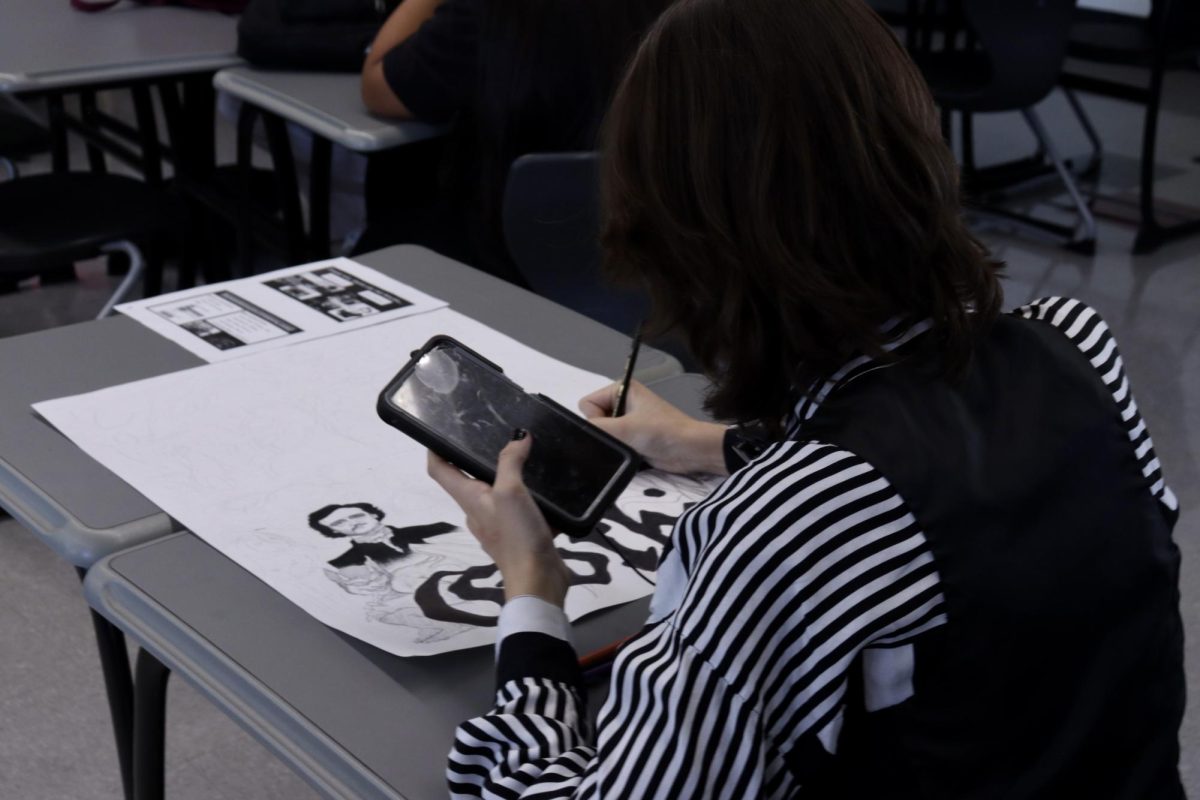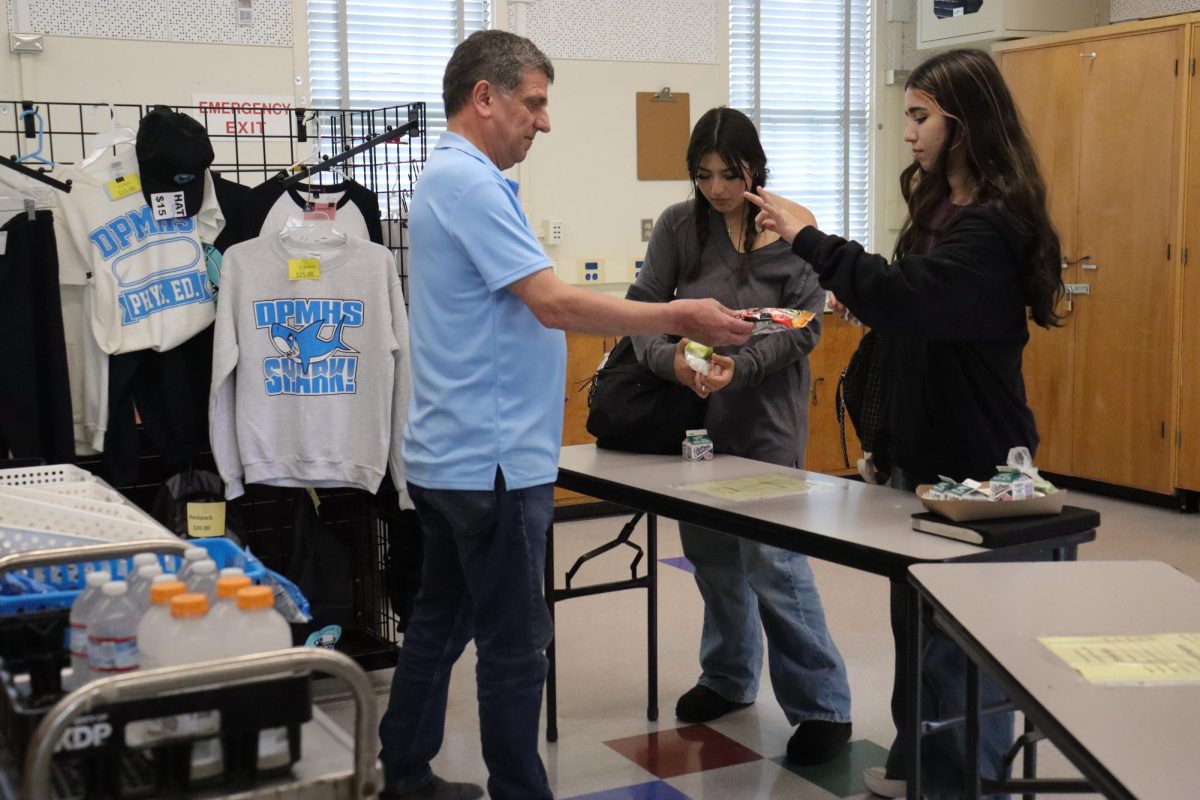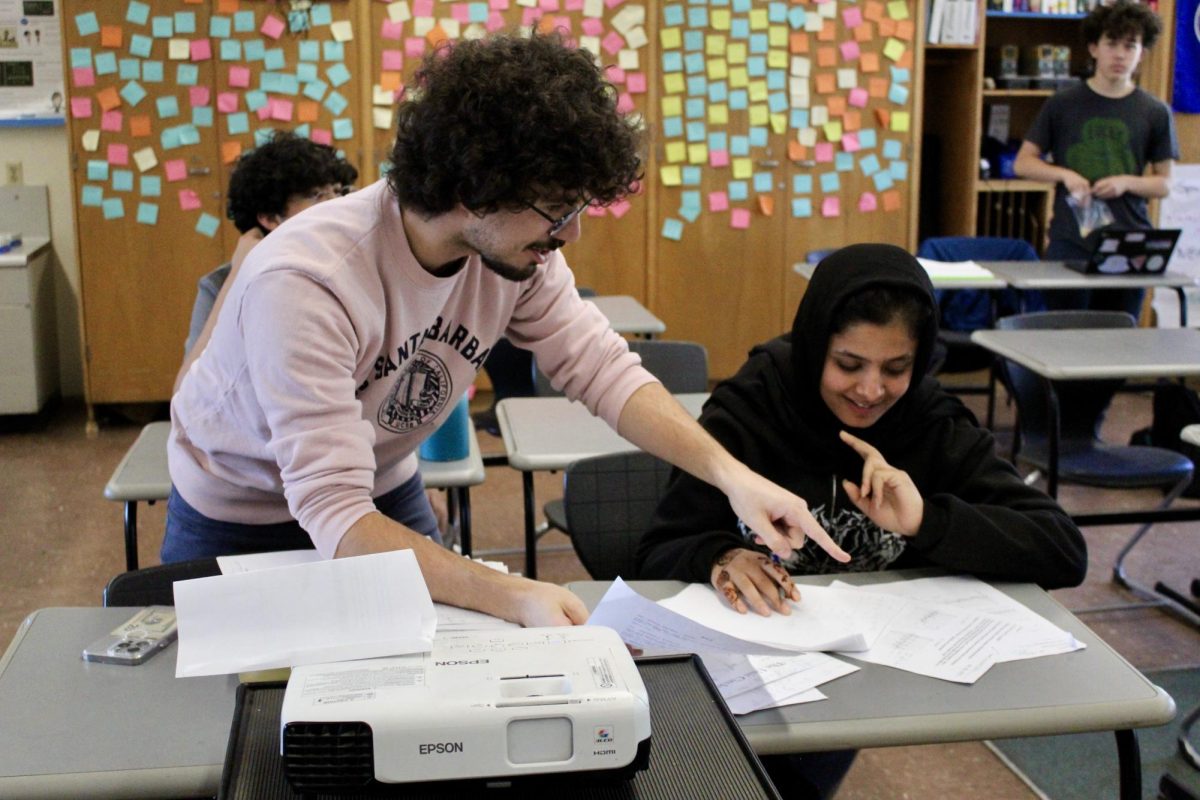Although fast fashion has damaged expectations of how clothes are manufactured, some students, such as freshman Haskell Fay, are turning to thrifting to combat this.
“I prefer thrifting because it costs less money and you can find anything,” Fay said. “It’s also pretty diverse.”
In recent years, younger consumers have been embracing current trends in fashion, which revolve around second-hand or vintage clothing. Gen Z is drawn to loose-fitting jeans, crop tops and oversized pieces, according to an article by Printiful.
According to the online thrift and consignment store ThredUP and its 2022 annual industry report, Gen Z’s top three reasons for purchasing used clothing are to save money, be more environmentally conscious of fast fashion and enjoy shopping more. The market for secondhand goods in the U.S. is predicted to more than double, from $35 billion in 2021 to $82 billion in 2026. Based on the 2022 report, 62% of Gen Z and millennials say they look for an item secondhand before buying a new version.

“I look for items that are vintage or fit within a certain category like the 2000’s or 90’s,” senior Sara Gomez said. “I make sure the quality is good and won’t irritate my skin. I also try to find clothes that my cousin likes because we all go thrifting together from time to time.”
Others have found cheaper and easier methods of clothes shopping in fast fashion, which refers to articles of clothing that are made very quickly and in horrible working conditions. Social media influencers on sites like TikTok and Instagram have been positively endorsing fast fashion brands for profit. For example, trends like #SHEINhaul have over 14 billion views on TikTok alone.
Despite its popularity, the industry has been clouded with controversy. An article by Time published on Jan. 17, 2023 that exposed the extreme working conditions of the fast fashion industry said, “Advocacy groups and journalists also uncovered evidence that Shein’s $11 bikinis and $7 crop tops were being made by people working in unsafe workshops, lacking safety protocols like windows and emergency exits.”
Further revealing these extreme working conditions, the article said, “Channel 4’s documentary, ‘Inside The Shein Machine,’ sent undercover cameras to film factory workers who were forced to pull 17-hour shifts to make hundreds of garments a day. In one factory, they made a daily base salary of $20, which would then be docked by $14 if any garments had mistakes.”
Shein denied these accusations, insisting that their paid wages in their Chinese warehouses were much higher than the minimum wage of the locals in Guangzhou.
Irresponsible energy and oil consumption were reported by The Changing Markets Foundation in its Synthetics Anonymous 2.0 report on fashion sustainability. It claimed that the manufacturers produce as much CO2 as about 180 coal-fired power plants due to their enormous oil consumption and quick use of virgin polyester. After these accusations were made, Shein admitted to what they were accused of, which contradicted earlier claims.
“While these (claims of underpaying) are significantly less than claimed in the documentary, they are still higher than local regulations permit,” Shein said in Inside the Shein Machine.
Still, some students like junior Aiden Pratt prefer fast fashion over thrifting due to the possibility of defects or tears in second-hand clothing.
“I go on Shein very often and I’m going to be honest, that’s way easier than thrifting because you have to look for the deformities (while thrifting),” Pratt said. “Why is this 30 cents when on retail it’s $275? Oh, wait, there’s a button missing. There’s a zipper missing and the whole part of the shoe has been chewed off in the back. It’s ridiculous.”
Others view thrifting as a way to stop supporting fast fashion and become more environmentally conscious. Goodwill, Hope of the Valley, Unique and the Salvation Army are just a few examples of thrift stores with a strong community focus that are what many young people prefer.
“I prefer thrifting because I like shopping for clothes in person,” sophomore Kaleigh Tapaoan said. “Plus, recycling clothes saves (more) money and materials than fast fashion.”









